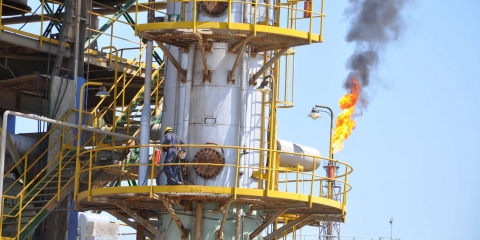Kevin Baron writes for The Atlantic:
There’s no welcome sign at this U.S. military base discreetly tucked into the corner of the Kurdistan International Airport in northern Iraq. It doesn’t even have a name. But it’s here. Thousands of troops are here, including Americans, Germans, Italians, Finns, and Brits. And this time, it seems the U.S. military is in Iraq to stay.The temporary tents and dining hall erected to house U.S. forces—including special operators, CIA agents, and private military contractors who hunt, kill, and interrogate for America—are being replaced with permanent buildings. At least five types of U.S. military helicopters crisscross the bright September skies over Kurdistan’s peaceful, bustling capital city, some ferrying generals up from Baghdad, others heading north into Syria with bearded special operators’ feet dangling from Black Hawk doors, or banking west toward Mosul, bringing Americans to the front lines of war.
It sounds busy and feels familiar, but today’s war in Iraq is a far cry from the mammoth effort of a decade ago. Gone are the hundreds of thousands of American troops and contractors occupying hundreds of sprawling bases and outposts across the country. Gone is the Bush administration’s total war and total occupation of a country. In its place is the Obama Doctrine.






